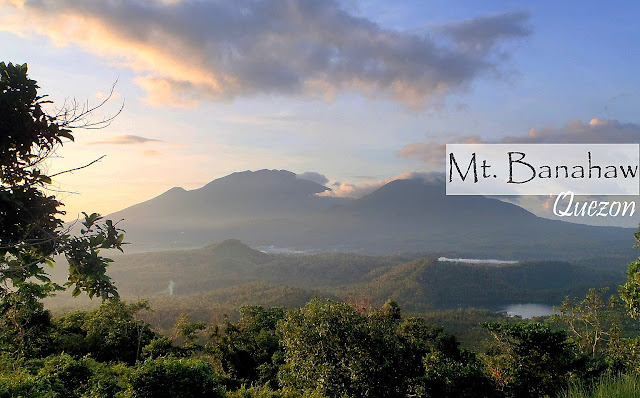
Jump to: About Mt. Banahaw | How to Get There | What to Expect | Suggested Itinerary | Travel Budget | Where to Stay | Travel Tips
About Mt. Banahaw
Mt. Banahaw is a mystical and sacred mountain that straddles the provinces of Quezon and Laguna. At 2,170 meters above sea level, it is the highest in the CALABARZON region. Banahaw is known not only for its challenging trails and lush forests but also for its spiritual significance—considered holy by Rizalistas and other religious sects. It’s a protected area, rich in biodiversity, caves, and natural springs believed to have healing powers.
How to Get to Mt. Banahaw
- Jump-off Points: Dolores, Quezon and Sariaya, Quezon
- From Manila: Ride a bus bound for Lucena, get off at San Pablo or Sariaya, then take a jeep/tricycle to Dolores or Kinabuhayan
- Registration: Required at the barangay or DENR outpost. Always check access status—some trails are seasonally closed
- Guide: Mandatory. Contact local tourism offices in Dolores or Sariaya
What to Expect at Mt. Banahaw
- ⛰️ Steep forest trails and rocky terrain—best for experienced hikers
- 🛕 Sacred sites like Husgado Cave, Sta. Lucia Falls, and “Kweba ng Diyos Ama”
- 🌳 Dense jungle with endemic flora and fauna
- 🛐 Pilgrims visiting sacred springs and caves for prayer and healing
- 📵 Weak signal; a true nature retreat
Suggested 1-Day Itinerary
Day 1: - Travel from Manila to Dolores, Quezon - Register at the tourism office - Begin trek via Kinabuhayan or Sta. Lucia trail - Enjoy the stunning rain forest and summit - Descend via backtrail - Side Trip to Kinabuhayan River - Head back to Manila

This mountain is considered a rainforest, so the terrain is always wet, creating a rich ecosystem that preserves the wildlife. However, the terrains also serve as a planting ground for the farmers, while the forest is one of their primary sources of fruits and even hardwood (not allowed). To transport their goods, they used horses, carabaos, and cows, which made the trails muddy and slippery.
We reached the summit with no clearing; the area is surrounded by thick fog, while the cold wind blows. We stayed on the summit for an hour, hoping for a clear view. However, nothing had changed. Still, no clearing. We headed back via the back stairs. After a tiring hike, the perfect side trip should be a cool and relaxing body of water. Kinabuhayan River, this river is said to be holy, so there are groups who are worshiping inside the caves, Sta. Lucia falls and other parts. For me, it's a perfect place to relieve everything and enjoy nature's goodness. Mt. Banahaw remains closed.
Also read: Mt. Cristobal – The “Devil’s Mountain” in Dolores, Quezon
Travel Budget and Expenses
- Bus Fare (RT Manila–Lucena/Sariaya): ₱500–₱700
- Tricycle/Jeep Fare to Jump-off: ₱100–₱200
- Guide Fee: ₱500–₱800 per group
- Registration Fee: ₱30–₱50
- Food and Water: ₱300–₱500
- Total (2D1N): ₱1,500–₱2,500+
Where to Stay near Mt. Banahaw
- Homestays: Available in Kinabuhayan, Dolores or Sariaya
- Resorts: Some nearby mountain resorts offer rooms for pilgrims and trekkers
- Hotels in Lucena or San Pablo: Ideal for those not camping
🏨 View Lucena or San Pablo hotels via Agoda
Travel Tips
- Always follow Leave No Trace principles
- Bring a headlamp, drybags, extra clothes, and insect repellent
- Check trail status in advance—Banahaw may be closed for rehabilitation
- Respect local customs—many sites are sacred to locals and pilgrims
Final Thoughts
Mt. Banahaw is more than just a mountain—it is a spiritual journey wrapped in nature and mysticism. Whether you're a hiker, a pilgrim, or a cultural explorer, Banahaw offers something powerful and humbling. Just remember to tread respectfully, and the mountain will reward you with quiet strength, stunning views, and a deeper connection to nature and Filipino spirituality. Want to explore more places like this? Here’s my full travel guide after visiting all 82 provinces in the Philippines.
